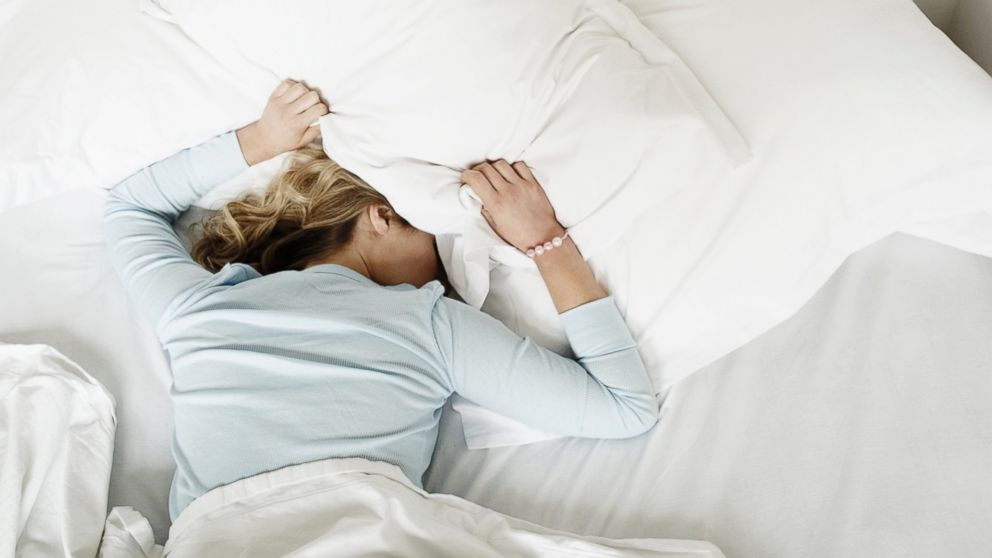Ask the Experts: Sleep Ergonomics
We often think of ergonomics as pertaining primarily to your work environments, whether it be the assembly line or home office. However, ergonomics principles can be applied to any environment. One place you may not think to use your ergo eyes is in the bedroom, but perhaps you should! Keep reading to see a recent question we got on the topic of sleep ergonomics.

“I am wondering if you have any ergonomic information about best sleeping practices and best mattresses for sleeping. I have a client whom reports pain to neck and low back each morning and they have an old mattress. I do not know nor trust a bed/matress salesperson for the correct information on this topic.”
Jamie McGaha, OTR, CHT, CEAS, OTD, COMT, our resident sleep hygiene expert was on hand to address our reader’s question:
“I’d love to try to help tackle your mattress inquiry about a client who wakes with back and neck pain.
In terms of best sleeping practices, the answer is the position that creates a neutral spine without pain or discomfort for the individual. I know thats very vague, but a variety of things can impact a person’s sleeping position and comfort. Many people also have a desired sleeping position, ask your client what theirs is and how see if it relates to the discomfort they are having. Back sleeping has shown to be the best for a neural spine, but some clients with reflux or sleep apnea may not be able to sleep flat on their back. Adjustments such as head elevation or laying on the right side vs the left can assist with those. This is a good reference on the pro/cons of each position:
I’m not sure if this client has any existing back or spinal conditions, but that is certainly something to consider when selecting a mattress or pillow. I do not have a specific brand of mattress or pillow to recommend (I don’t know them all and certainly haven’t tried them all!), but I will say if the mattress is an old and a spring one, it certainly needs to be replaced. In general memory foam or gel foam hybrid mattress are reported to have more support and contouring for the spine and may be a much better option for your client. I also find many people with neck and spine issues in my practice do not have a pillow that keeps their neck neutral. Many times I suggest a flatter pillow or a memory foam pillow that has more support to keep the spine neutral.
The last suggestion I have is to provide your client with a morning stretching routine as well. Daily stretching with neck or back issues is a great idea to help with pain and stiffness.”
You can learn more from Jamie about sleep hygiene related issues in her fantastic webinar here.
Do you or your clients have experience with sleep ergonomics issues? Let us know in the comments!


